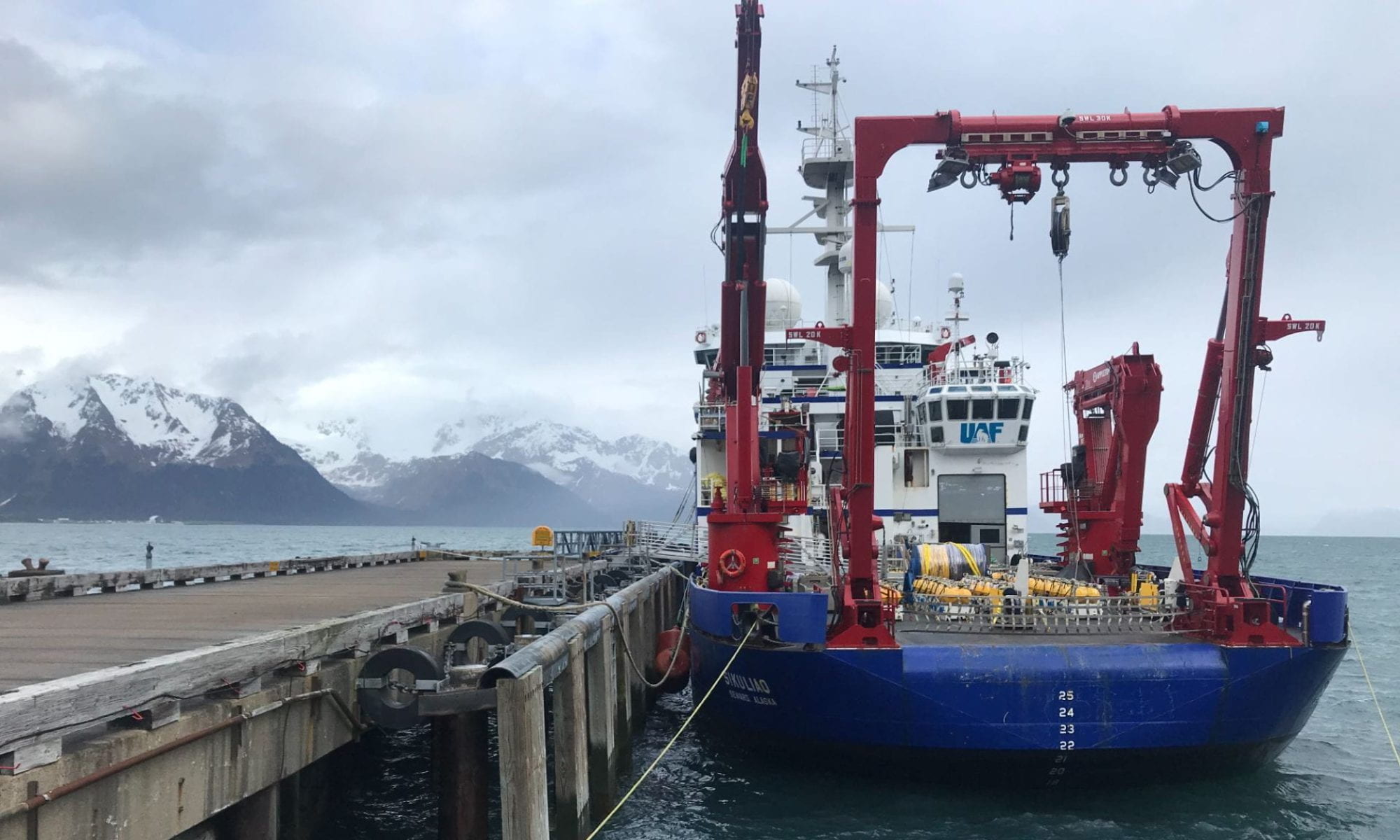March 18th would be our last deployment of the field campaign! This would be carried out by Samer, Marino, Alexa, and Kennet who would first head to recover on the gulf island of Chira. Meanwhile, Olivier, Anna, and Gabriel would go out and recover a site . Our day was relatively easy but with a lot of driving. The other team sent news of the data from Chira being great. This was a huge relief since we didn’t have an option to leave it any longer! They then headed out for the last deployment of the campaign.
After we picked up our site, we spent the remainder of the day washing and packing up the equipment for our departure the next morning. Bringing soil across international lines is not something we want to be charged with, and most of our equipment was covered in it. We half-packed the cars so that we would still be able to recover the remaining sites the following morning.

The morning of March 19th would be the last bits of fieldwork: we would be splitting into 2 groups early in the morning and each group would recover a site and then return to the hotel to pack up and head out before the check-out time of 11 am. Oliver, Anna, and Alexa went to recover the site with the nice family who lived in the mountains. After our recovery, we stopped by for a quick goodbye, but they had already prepared breakfast for us and insisted that we stay. They even made lots of delicious plantains because I had mentioned they were my favorite!

We had the most amazing homemade cheese and natilla with our breakfast and after they walked us around a tour of the neighboring properties. We all made sure to get a picture together before heading out. The other group arrived at the hotel shortly before us and now it was time to clean up and pack up.

We had the most amazing homemade cheese and natilla with our breakfast and afterwards they walked us around on a tour of the neighboring properties. We all made sure to get a picture together before heading out.

On our way out of the Nicoya peninsula, we would be dropping Kennet off at his family’s home so that he could stay with them until it was time for his flight back to the U.S. We obviously took a group photo.

After our second farewell of the day, we headed to do a quick recovery, and shocker, we took yet another group photo to commemorate our final recovery of the campaign!

After a month spent on the Nicoya peninsula, the team would finally be heading back to San Jose! This is where we began the real portion of the drive, with around 4 hours ahead of us. After dealing with intense traffic and some extreme mountain roads, we finally made it, and we dropped Gabriel off at his home on our way to San Jose.

We said only a temporary goodbye as we knew he would be joining us for the team party the following night. Alexa and Oliver had flights leaving on the 21st of March and so we only had a day left before having to say our farewells. Alexa is from a smaller city outside of San Jose and would be staying with her family for two nights while Oliver, Samer, and I would be staying at La Casa Universitario (this is the sister hotel of the gorgeous first hotel we stayed at when we arrived in Costa Rica what seems like so long ago…).

Alexa’s family graciously hosted the farewell party and all the members of our team, past and present, were invited. Our hosts were so accommodating and made the most delicious meal.
Carlos, his wife, Gabriel, and his family, Alexa, Oliver, Anna, Samer, Luis, and David were all able to attend! It was so amazing to have almost everyone together to celebrate a job well done! All in all, we successfully installed 43 sites over a month! Amazing work by everyone. So many holes were dug!
The dinner was fantastic, and our hosts were the absolute best. As we were talking about the successes of the project and plans for the data, we suddenly felt the ground start to shake! A table full of geologists and geophysics and we were feeling the effects of a far-off earthquake! Not more than 20 minutes prior we had been discussing how I was the only one at the table who had never felt an earthquake before. It was a nice send-off to highlight the importance of the work we were doing in the country.
When the party drew to a close, we had to say our actual goodbyes. Alexa would be flying back to Nebraska and Oliver would be flying to Atlanta. Luis and David would be heading back to their homes in San Jose and would resume their schooling at the University of Costa Rica. Samer and I would be staying in Costa Rica for an extra week. Samer would be embarking on a much-needed vacation and I had a week-long solo trip planned. This was a bittersweet end to a fantastic month in the field! We are all tired and ready for life to get back to normal but it’s always sad to say farewell to the field crew, especially when your crew was as showstopping as ours .
We are excited to see what our data show and how this can be used to better understand fluids and earthquake hazards on the Nicoya Peninsula. The next steps are to return home and work on data analysis and modelling to build upon the wealth of knowledge about the peninsula. We are so thankful to all the people who helped make this field season a success, especially the gracious landowners and caretakers. Thanks for coming along for the ride on this blog!


















































































